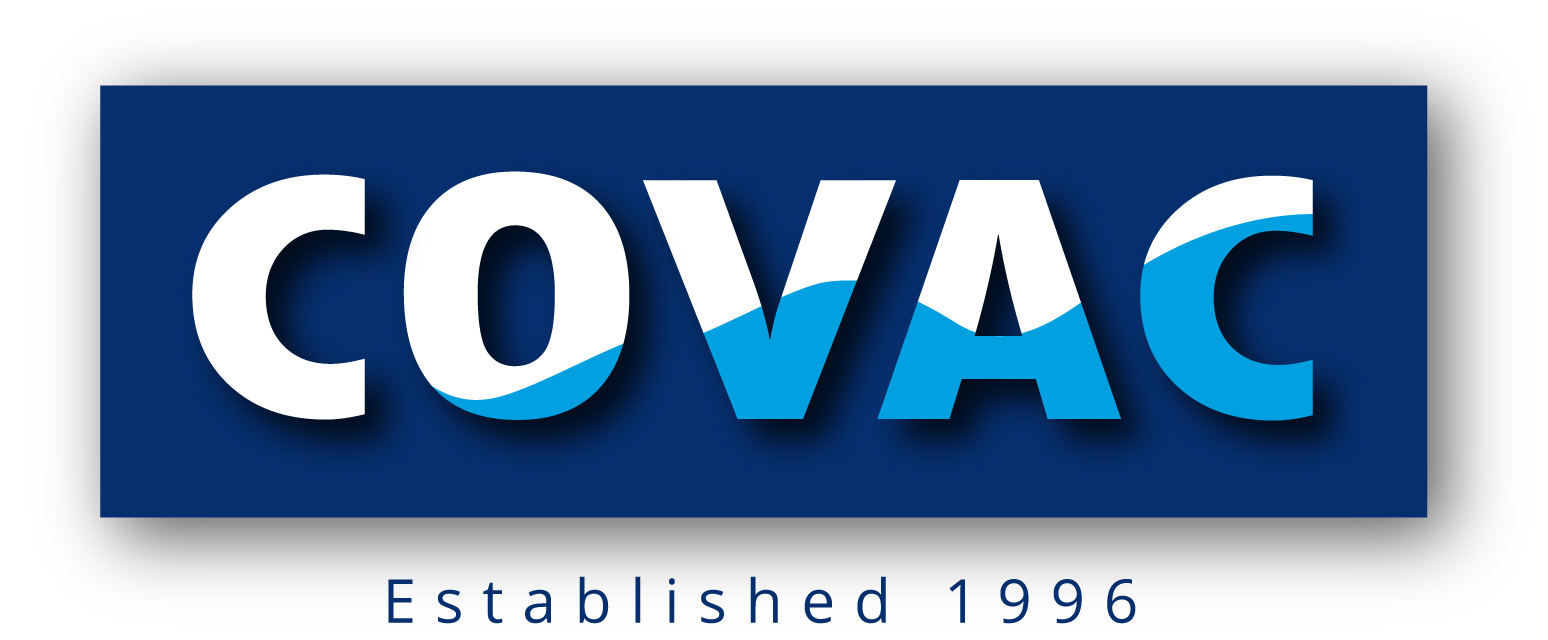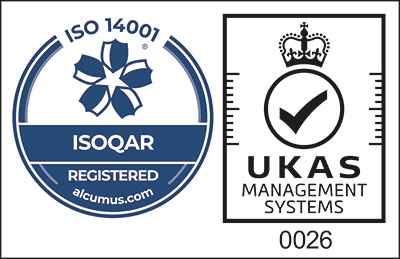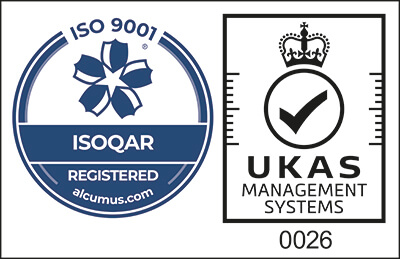The quality of your stored water is non-negotiable. Whether you’re safeguarding your drinkable water supply, protecting your industrial operations or ensuring agricultural yields, the condition of your water tank is important.
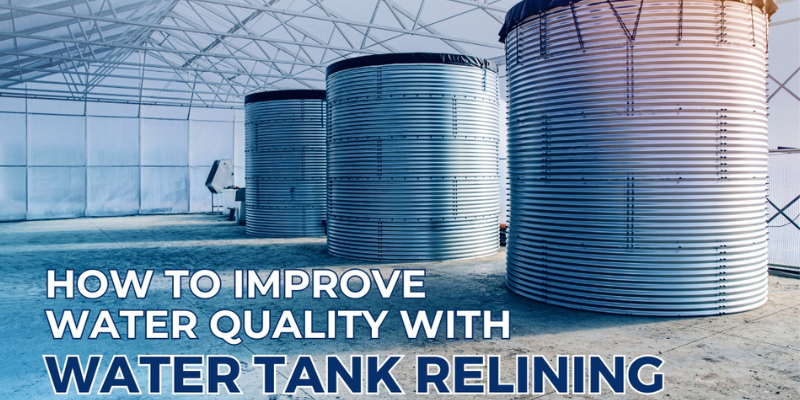
A well-maintained storage tank can help significantly improve the water quality of your water by preventing bacteria from entering your tank.
How to improve water quality and how can water tank relining help maintain the quality of water in your tank? Let’s explore more on the topic!
What are the Challenges of Water Contamination in Tanks
Water contamination in tanks can arise from various different factors. Rust, bacterial growth, sediment buildup or chemical leaching are some of the most common culprits.
All these contaminants can enter the water supply through damage and wear in your tank, which can potentially lead to a range of health and environmental issues.
Rust or corrosion for example can give water a metallic taste, while bacteria can cause different waterborne illnesses such as Legionnaires’ disease or Leptospirosis. This can have a significant negative impact on the local community and ecosystem.
What is Water Tank Relining
Water tank relining is an effective, proactive way to prevent contaminants from entering your water tank. The full process of relining includes removing the old coatings inside the tank, preparing the surface and applying a new lining to create a barrier between the water and the surface of the tank.
All lining materials are carefully selected based on the composition of the tank and the requirements for the project to ensure optimal performance and longevity.
Benefits of Tank Relining for Improving Water Quality
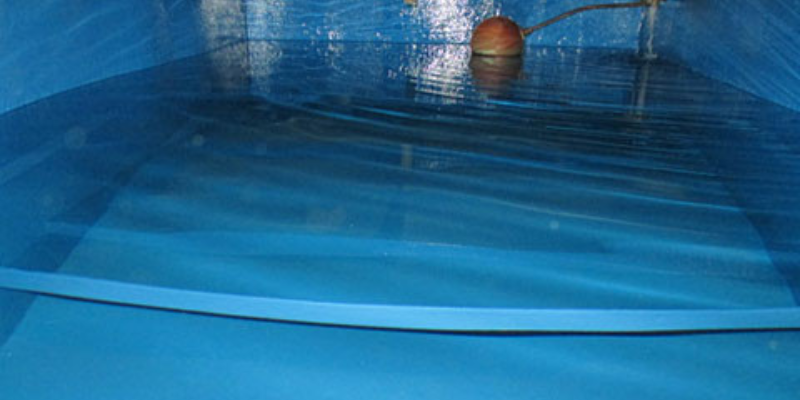
So what can water tank relining do for improving the quality of your water storage? Here are some of the benefits of water tank relining:
Preventing Contamination
Perhaps one of the biggest advantages of tank linking for improving water quality is its ability to prevent contamination. Acting as a barrier between the stored water and the tank walls, tank linking stops contaminants from leaching into the water. Whether it’s chemicals, rust or bacteria, tank lining keeps your water safe for consumption.
Extended Lifespan
Water tanks are expensive to repair and even more expensive to replace, so you want to prevent premature deterioration and protect your investment. By protecting the interior of your tank with lining you can help extend its lifespan substantially.
Reduced Need of Maintenance
Untreated water tanks are prone to corrosion, which can result in more frequent need of repairs. A protective coating reduces the rate at which your water tank deteriorates, saving you money and time on maintenance. This is particularly advantageous for larger tanks used in specialised industries.
Consistent Water Quality
Another significant benefit of water tank relining is the fact it can help maintain consistent water quality. Over time the build up of contaminants and corrosion can negatively affect the quality of your stored water. Lining prevents this issue, guaranteeing the consistent good quality of your water, which is particularly crucial in hospitals or food processing facilities.
Improving Water Tank Quality – How COVAC can Help?
How can we help improve your water quality? As specialists in water tank lining, here at COVAC, we provide solutions to extend the life of your water tank and substantially reduce the chances of bacteria developing in your water supply.
With over 25 years of experience, our professional team is qualified in completing both water tank lining and refurbishment. We primarily use Acothane DW – a high-quality polyurethane protective coating.
To find out more information about what we do, please head to our Frequently Asked Questions. If you wish to speak with a member of our team or book an inspection of your water tank, don’t hesitate to get in touch.
